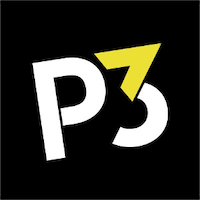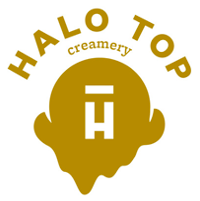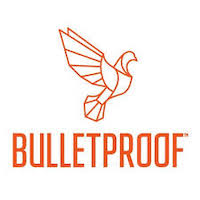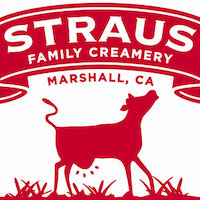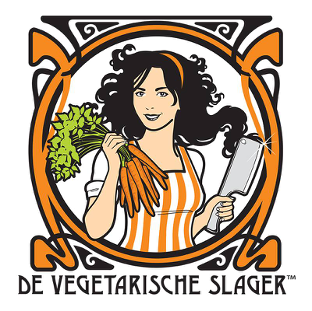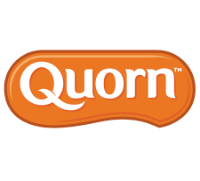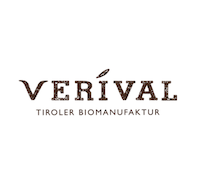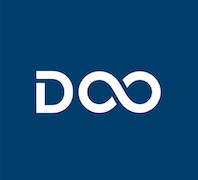Our case studies focus on brands and products that provide lessons from real challenges and opportunities which you can use to inform business strategy. They are packed with detail including brand portfolio, pricing, and communications and marketing strategy, merchandising and distribution, and come with a check list of key lessons learned.
Published: June 2020
Case study: Tweek
Åsa Rosén wanted to connect the dots between the world of health and the wonderful world of scrumptious sweets. The result is Tweek - a Swedish company that offers "sweets with benefits" and that grew its sales by over 2000% in 2018.
Download powerpointPublished: June 2020
Case study: P3 (2020 update)
This Kraft Heinz brand remains a popular snack option for Americans looking for "a more interesting way to get your protein". The brand is an excellent example of an umbrella brand done well and it has seen a 215% sales growth since its launch five years ago.
Download powerpointPublished: June 2020
Case study: Halo Top (2020 update)
Halo Top is proof that even flashy challenger brands have a limit. Once a star performer with $342 million in revenue, the better-for-you ice cream brand's sales have started to tumble and fell by 41% between 2017-2019.
Download powerpointPublished: May 2020
Case study: Bulletproof
Based on the concept of biohacking, disruptor brand Bulletproof offers a range of MCT-infused products promoted for mental and physical performance. The company has an annual revenue of over $100 million and is said to be exploring a sale.
Download powerpointPublished: May 2020
Case study: Gousto
Gousto is one of the main meal delivery service brands on the UK market and has raised over £130m ($162m/€149m) in external investment. The company achieved profitability for the first time in Q4 of 2019, having doubled its revenue in the same year.
Download powerpointPublished: May 2020
Case study: Straus Family Creamery
This family-owned dairy company claims to be the first 100% certified organic creamery in the United States. The company is highly mission-driven and promotes itself on platforms of provenance and environmental sustainability.
Download powerpointPublished: May 2020
Case study: De Vegetarische Slager
With the aim to entice meat eaters to eat more plant-based, De Vegetarische Slager clearly targets flexitarians with its meat-like soy-based meat alternatives. The company was acquired by Unilever in 2018 and the founder aims to become bigger than the biggest meat company in the world.
Download powerpointPublished: April 2020
Case study: Quorn
The 35 year old mycoprotein brand connects to five key trends and recently repositioned itself as an environmentally sustainable option. It invested heavily in NPD in 2019, entering several new categories.
Download powerpointPublished: April 2020
Case study: Verival
A pioneer of organic cereal in Austria in the 1980s has evolved into an innovative cereal brand that offers on-trend products such as grain-free sport muesli and broccoli porridge.
Download powerpointPublished: April 2020
Case study: Drinkfinity (2020 update)
This PepsiCo e-commerce brand of customised better-for-you beverages appears to have vanished into thin air, leaving confused and angry consumers behind.
Download powerpoint

